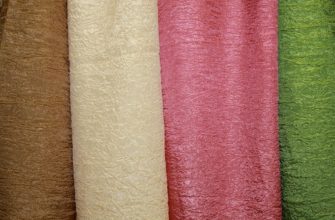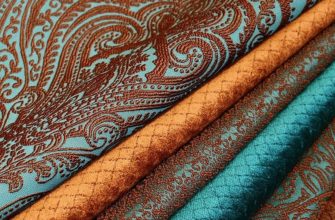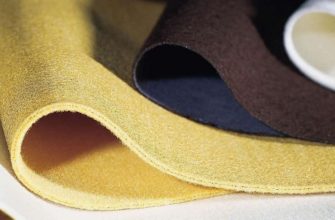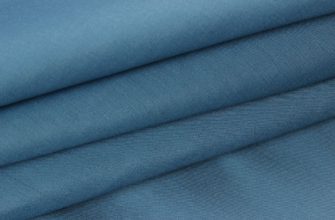Velour is considered a very noble material. It appeared on the market quite a long time ago and is famous for its exquisite appearance. In addition, it itself has a very pleasant texture and sparkles beautifully in the sun. Visually, it is similar to corduroy and velvet.
History of creation and modern production
Velour has its roots in ancient times, when it was still no different from velvet (by the way, velours is translated from French as velvet). It appeared in Byzantium and almost immediately won the hearts of aristocratic families. This material was used to produce a very attractive material that shimmered with incredible light in the sun.
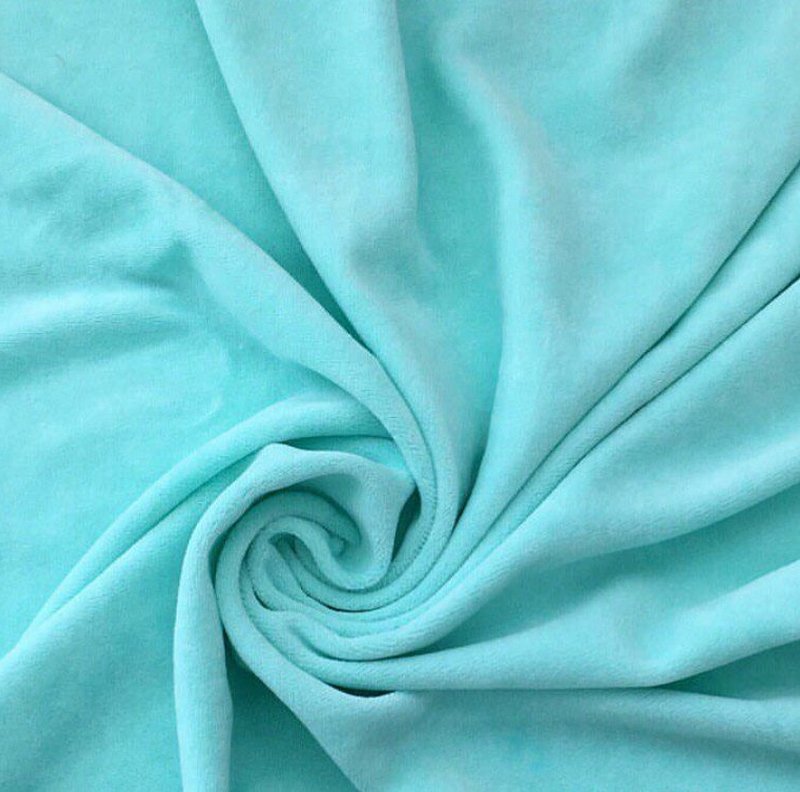
The fabric, due to its rich appearance, was also very expensive, so only kings and rich people could afford it. This was velvet. However, it was in such demand that in order to increase sales and production, they came up with the idea of producing a similar fabric, but in a more budget version. This was already velour. At that time, it was made exclusively from natural silk fibers. The process consisted of several stages:
- From five threads of silk (two for the weft, two for the warp, one to connect the two layers) a two-layer fabric was woven;
- The finished fabric was cut and the nap side was thoroughly combed to create that famous luxurious effect.
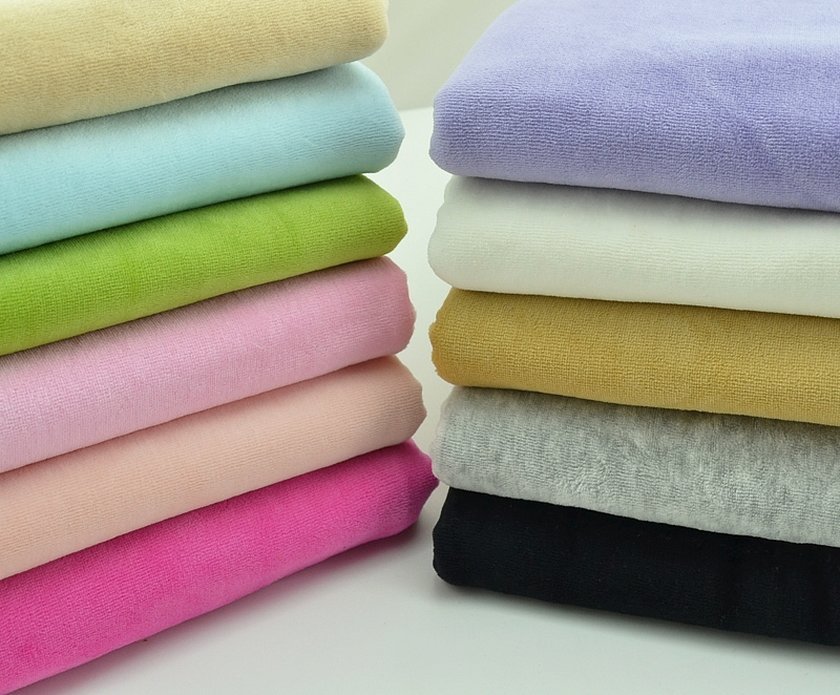
Interesting: Today, the production technology has changed a little. Instead of two layers, they make one, on one side they make tightly adjacent loops, which are ripped apart and combed at the right moment. This is how knitted velour is obtained.
Based on the technology of manufacturing the canvas, it is divided into two categories:
- cut;
- looped.
Note: The composition is far from the same as before. Nowadays, wool, cotton, and synthetics are used more often. Silk is used to make velvet fabrics.
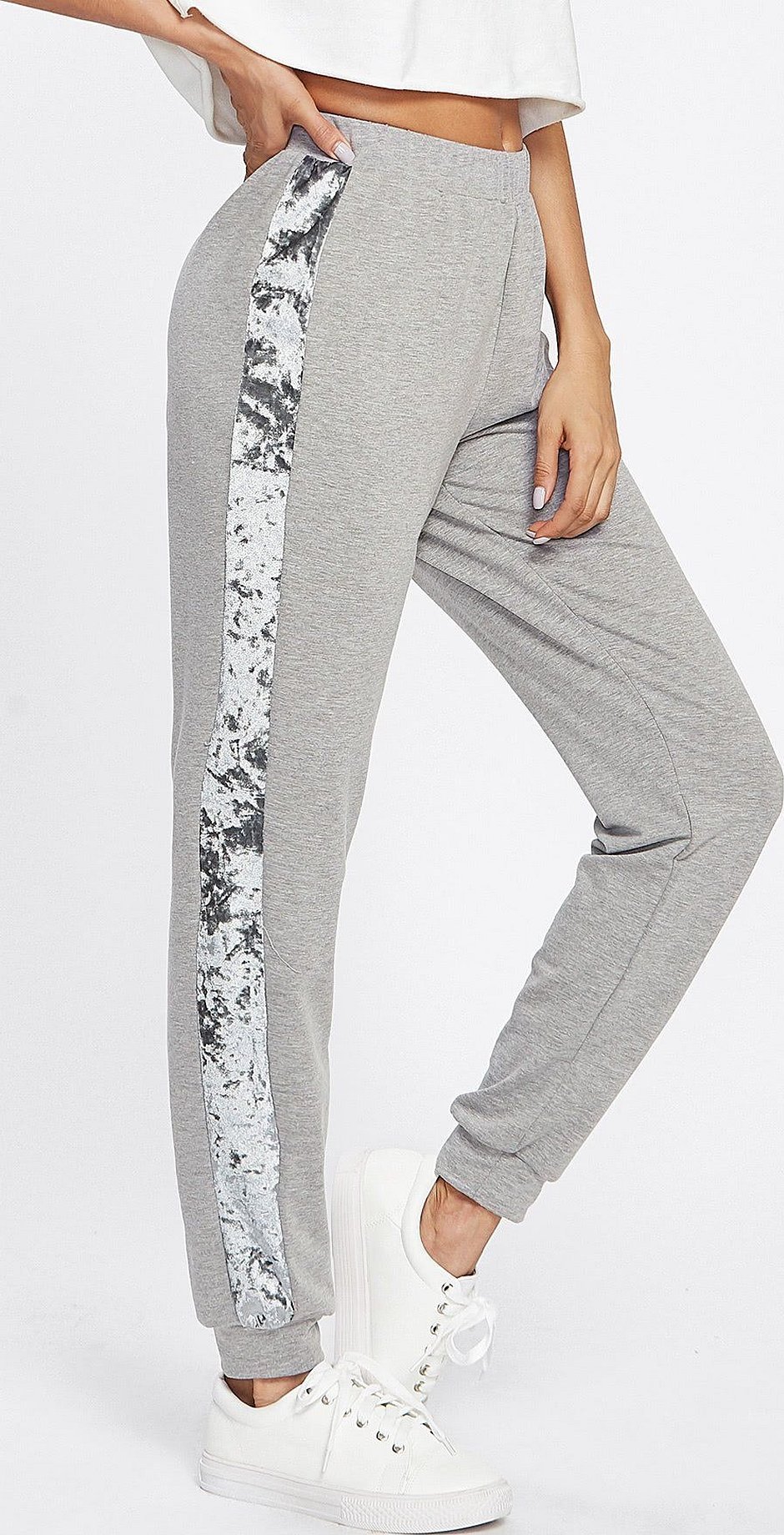
Chinese and Turkish velour are currently in great demand.
Classification by raw material composition and purpose
Depending on what the velour is made of, it is used in different areas.
- Made from cotton fibers. The fabric is very soft and pleasant to the touch, while being dense and wear-resistant. Like all cotton products, velour is very environmentally friendly and breathable. Due to these properties, it is often used in the production of children's clothing. Sometimes a small percentage of synthetic fibers is added to the composition, but this is mainly done solely to improve the quality of the material (for example, such fabric will not wrinkle much).
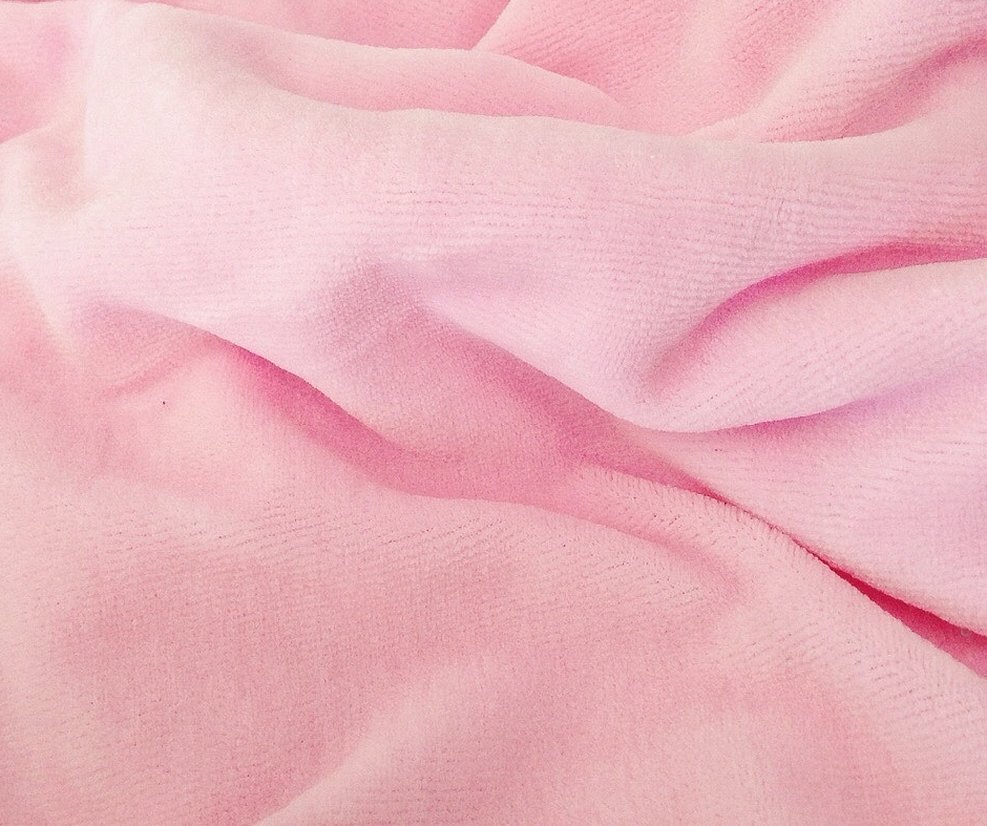
- From wool. This material is mainly used to sew warm items (for example, outerwear, scarves, hats). The material is made from woolen yarn, which has a short but dense pile. Such yarn is not combed out during the production process, due to which it remains fluffy and is very well suited for the production of velour.
- Drape-velour. Despite the fact that this type is highlighted as a separate item, it, like the previous one, is made from wool fibers. In this case, only specialized sheep wool is used - merino. It has very good qualities and, despite its thinness, is very durable. Products made from such velour are very expensive. They are often knitted.
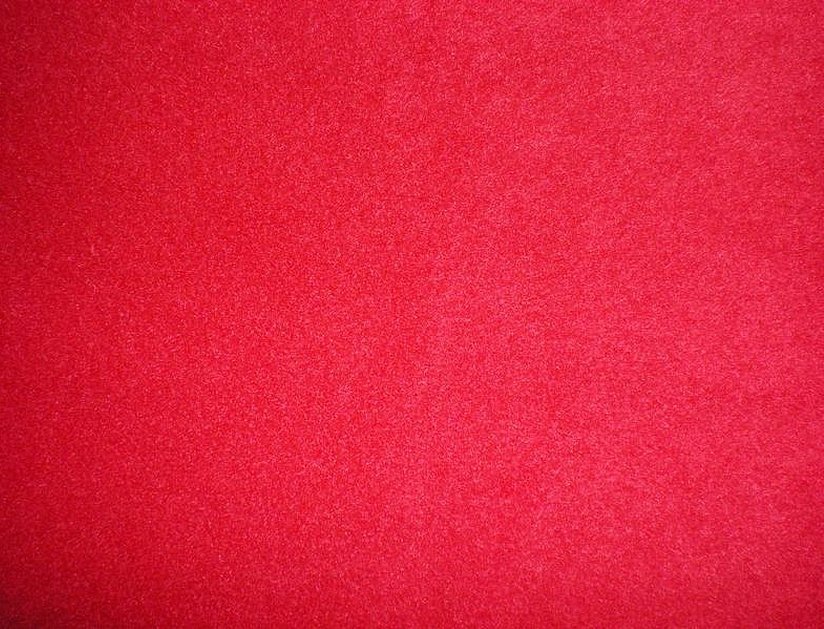
- Furniture. It is a separate category, which produces fabric from natural, synthetic or mixed fibers. This material is used exclusively for furniture upholstery. Interior elements, which are finished with silk velour, look impressive. They look luxurious and rich, associated with old houses of royal families (especially beige velour). In Europe, furniture material is often made from wool or viscose.
- Furniture (jacquard fabric). A separate category, which is distinguished by its amazing appearance. Such fabric is densely covered with pile, and large decorative patterns are located on it. This material is used for sofas, armchairs, mattresses, decorative pillowcases.
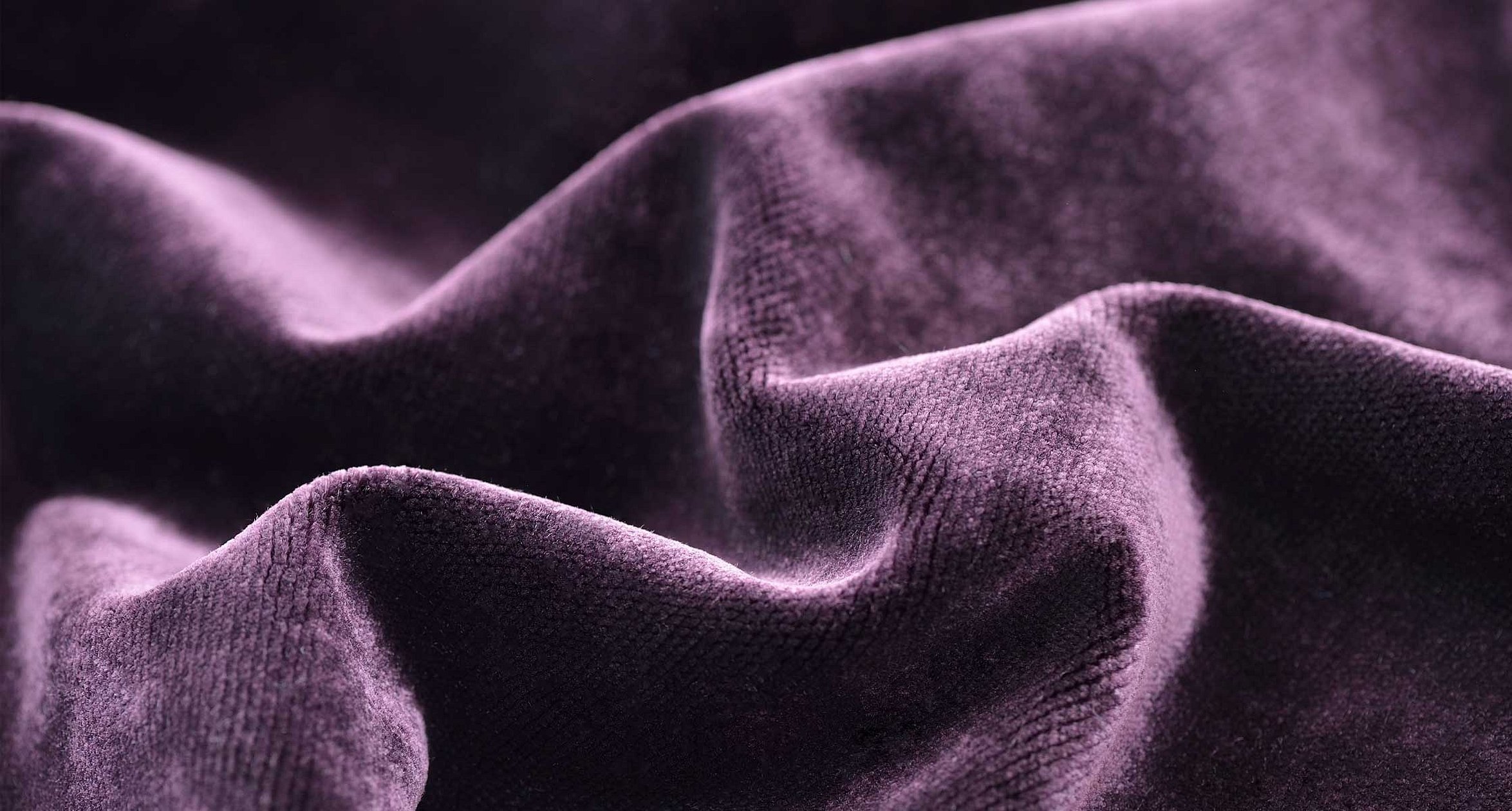
- Automotive. As a rule, this is a completely synthetic fabric that is distinguished by its good appearance, but at the same time very high wear resistance.
Attention: The upholstery in car interiors should not tear, wear out or lose its appearance. Gray velour is often used in cars. Auto professionals make a choice in its favor.
Classification by appearance
Velour can vary not only in its composition and properties, but also in its appearance:
- Smooth. The fibers on such a fabric are located strictly perpendicular to the base and are distributed very evenly on it.
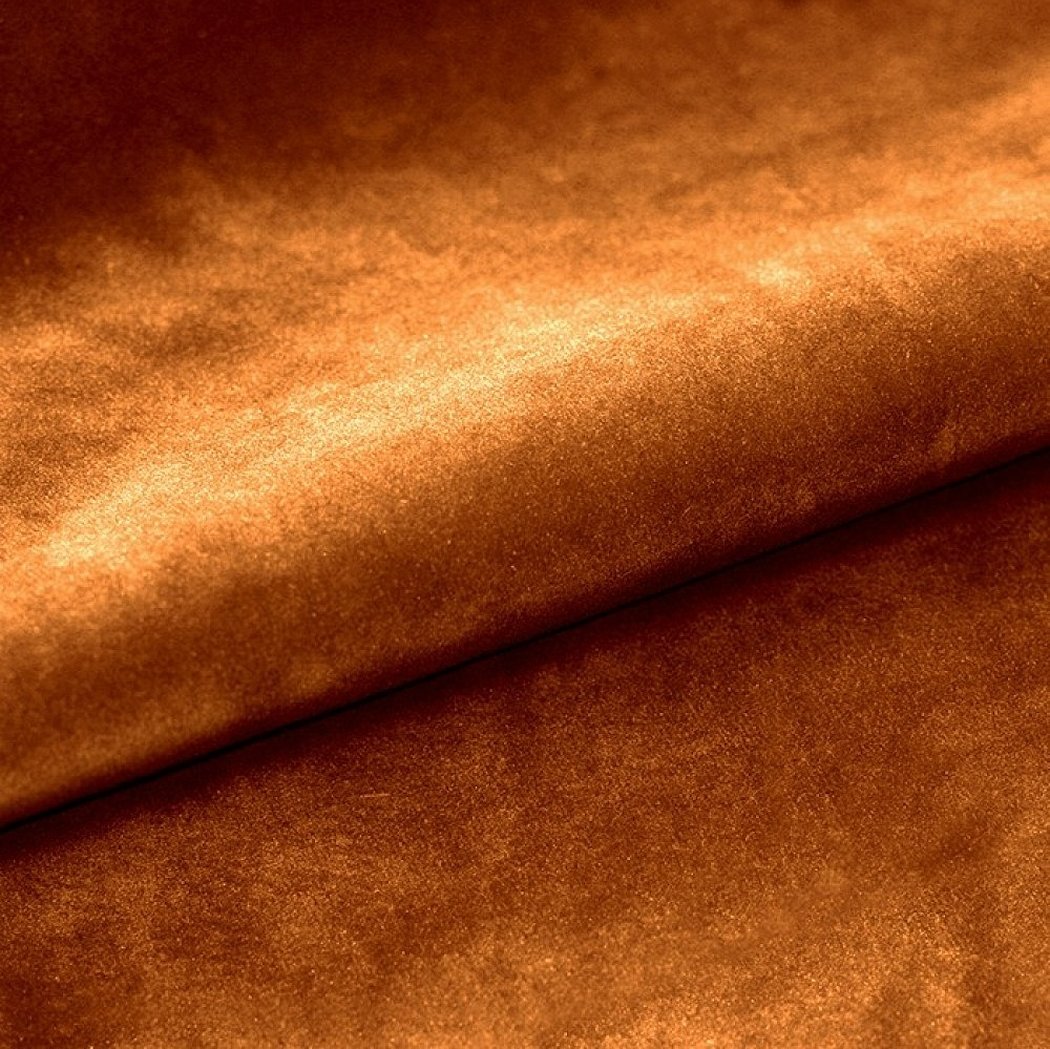
- Shaped. It is distinguished by its uneven texture. In some places on the canvas the pile is smoothed.
- Embossed. An uneven texture achieved by embossing a design or pattern onto the fabric. At the embossed location, the pile fits tightly to the base.
- Smoothly painted. Looks very expensive and beautiful. Individual parts on such a canvas differ in different shades, due to which an interesting effect is created.
- Printed. This is a fabric, the entire surface of which is covered with a pattern. Products made from such fabric look very interesting.

Methods of dyeing velour and its types
Absolutely any fabric can be dyed and, as a rule, in more than one way. Velour is no exception in this matter. It is divided into two types:
- Plain dyed. In this case, both the finished fabric and individual threads can be dyed before the weaving stage. The color palette of such velour is incredibly wide.
- Printed. In this case, the finished fabric is dyed. A pattern is applied to the front side using special cliches. If it is made in relief, the result is a jacquard material with a beautiful texture.
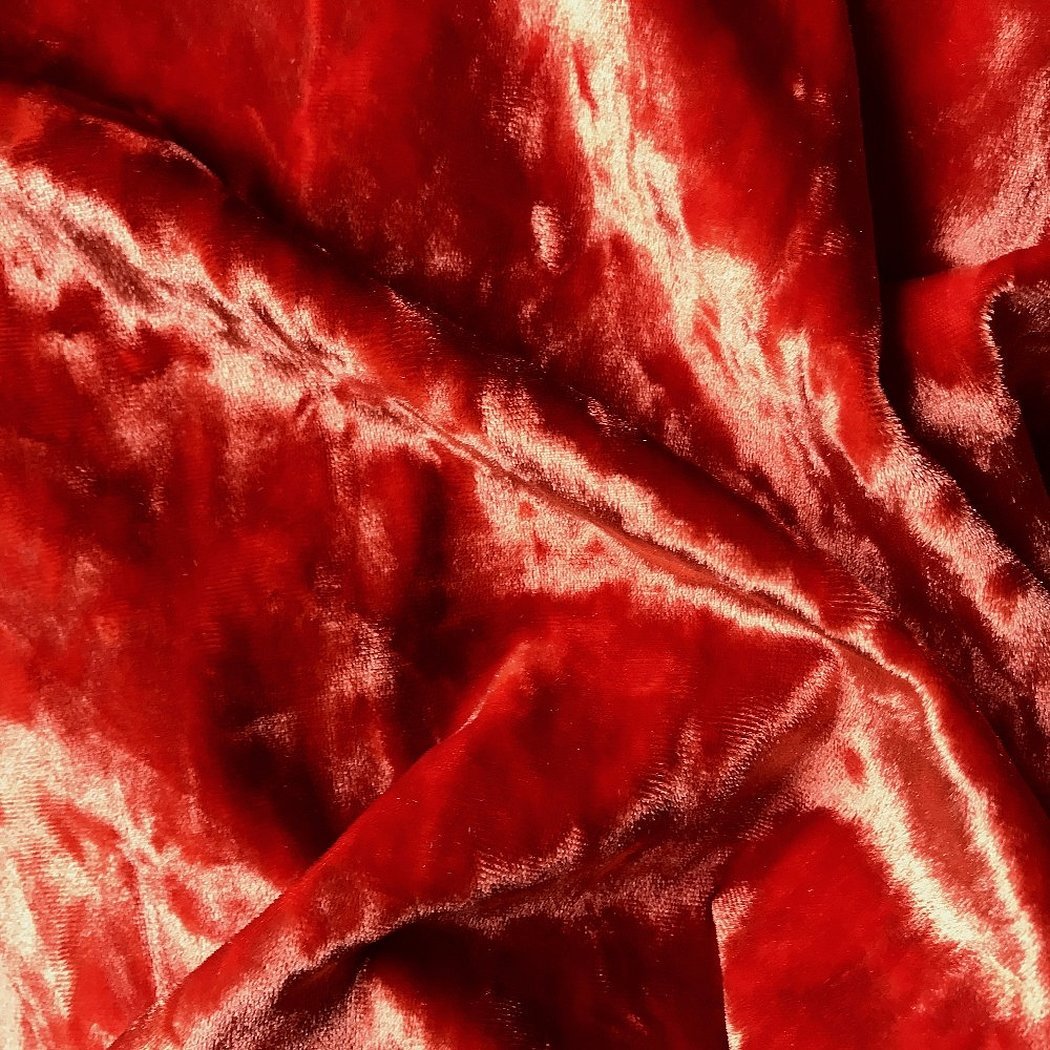
Important: As for the colors in general, the best-selling ones are blue velour, brown, red, purple, green, pink velour, turquoise, yellow, burgundy.
Scope of application
Due to the large number of strengths, the material has a very wide range of applications. It is used:
- seamless fabric, often very light or, on the contrary, rich dark in color, is used as fabric for curtains, window shades, interior drapery, and for theater wings;
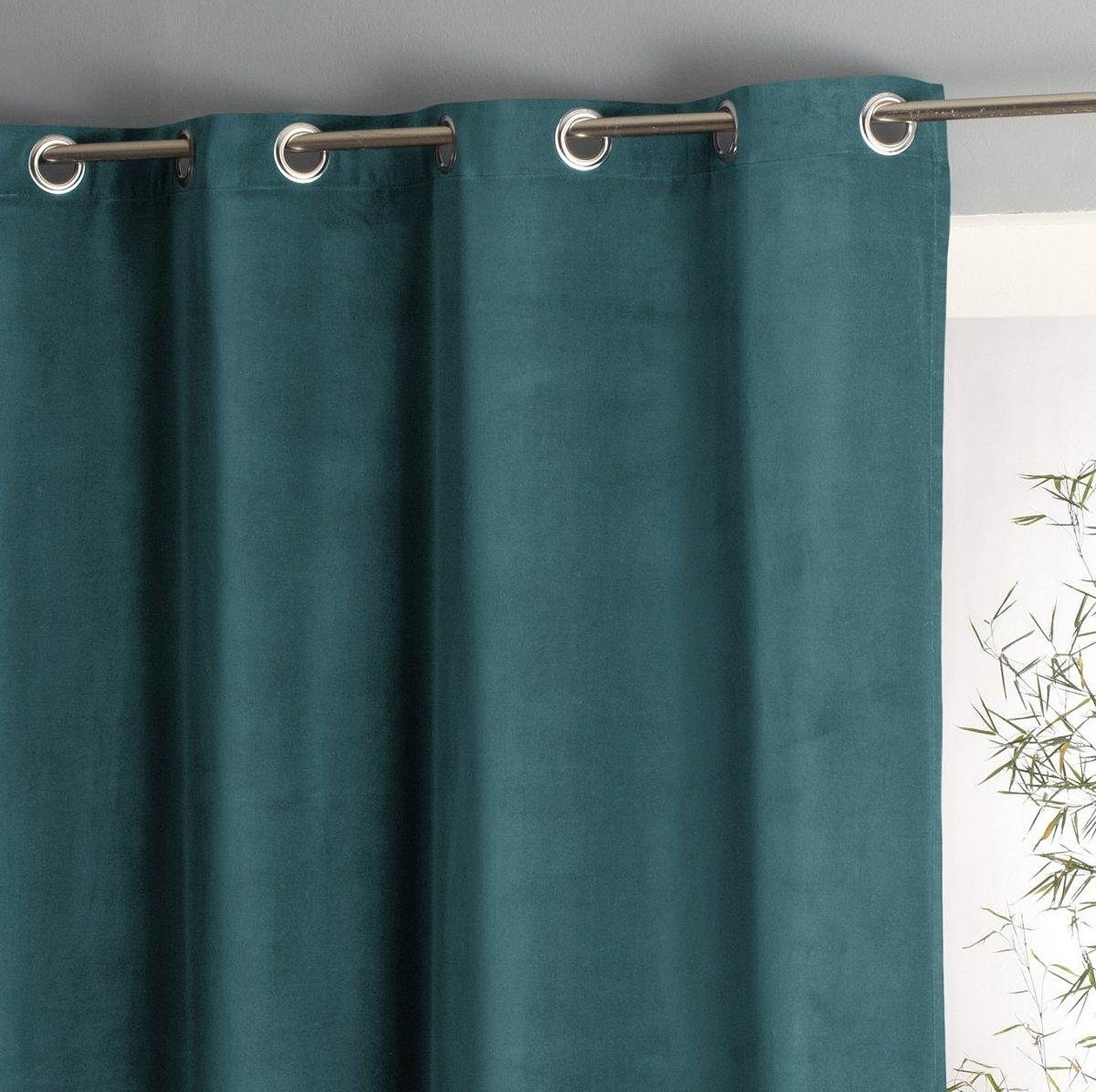
- as upholstery for furniture (including for sewing bedspreads, decorative and sofa cushions), the products are very durable and luxurious, and also contribute to a pleasant rest;
- for walls and ceilings (more often used in design solutions and fills certain niches);
- clothing (both children's and adult costumes);
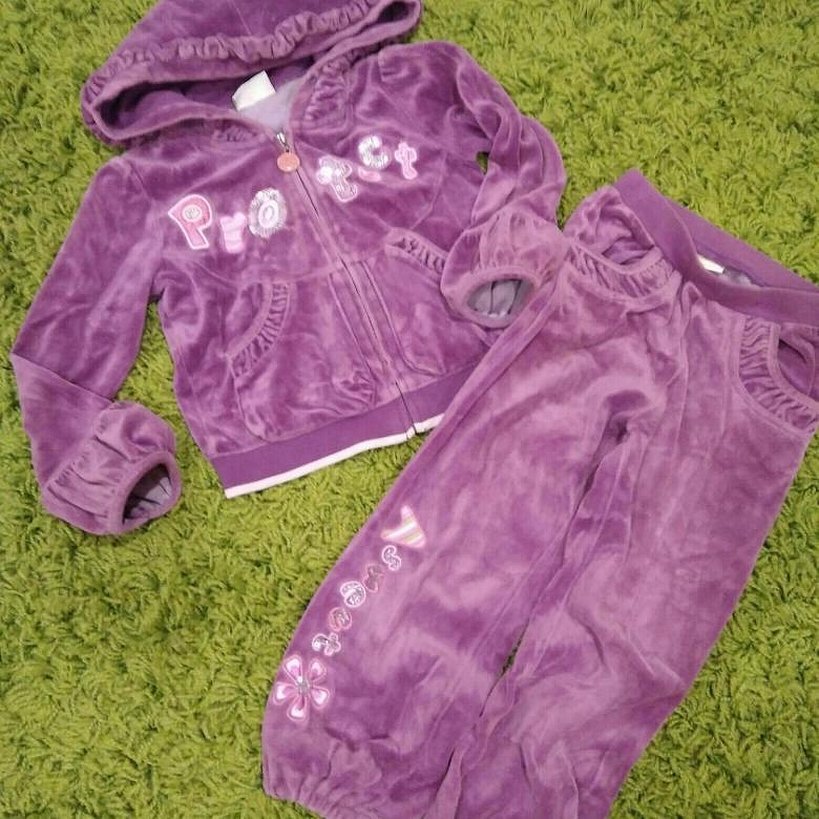
- for home textiles (especially terry velour);
- for car covers, due to its strength and durability, in addition, the fabric (even luxury class) for the car has a very affordable price for everyone, and the final result will be amazing.
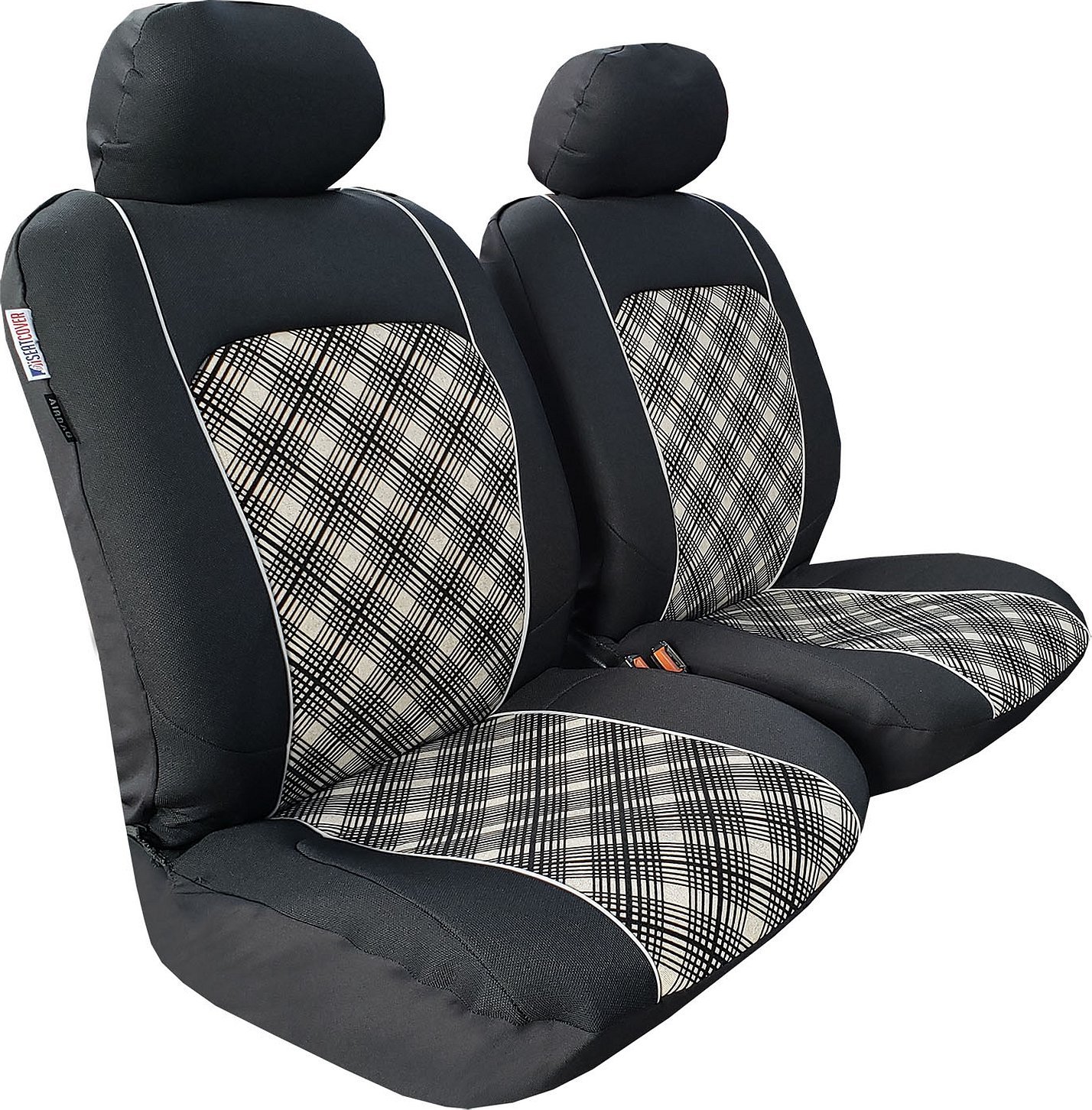
Advantages and disadvantages of velour
Like absolutely everything in this world, velour has a number of its strengths and weaknesses. If we talk about the advantages, then these are:
- impeccable softness (suitable even for women's clothing);
- wrinkle resistance;
- ability to retain heat;
- does not stretch (maybe only if it contains lycra or stretch velour);
- knitwear made from natural materials allows the body to breathe;
- sophisticated look at a relatively low cost (especially in comparison with velvet).
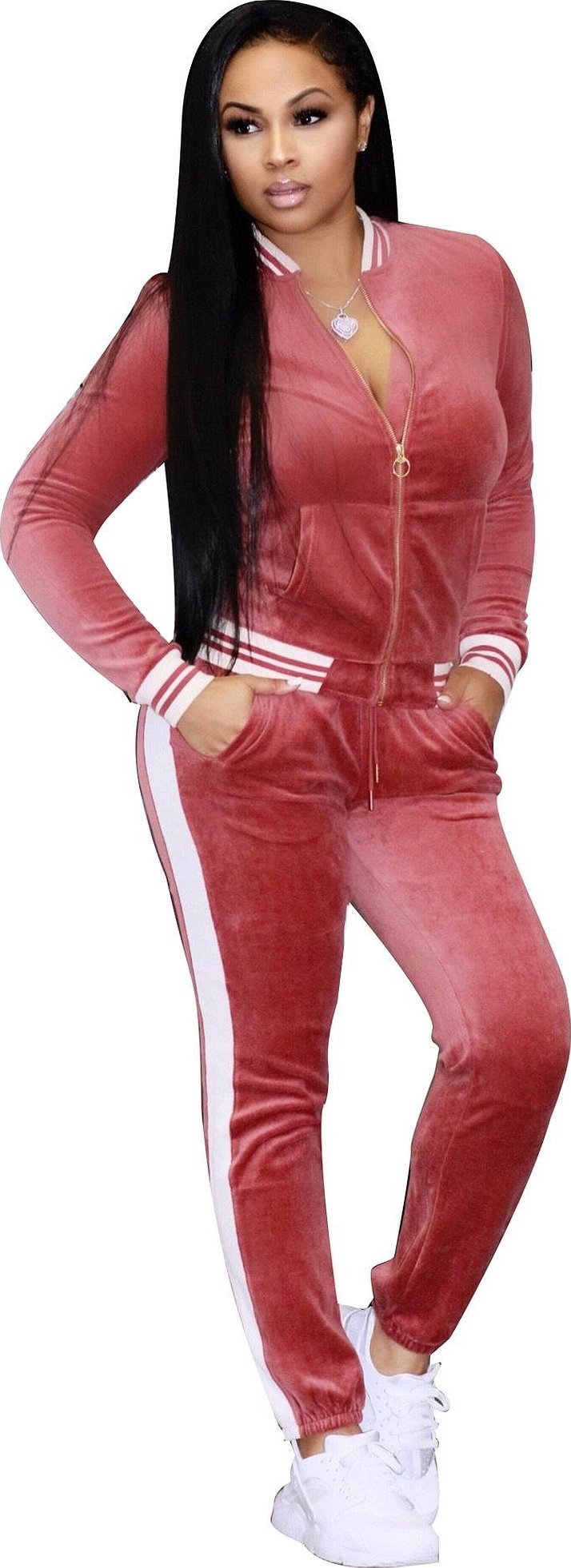
Disadvantages:
- gets dirty quickly, so it requires frequent, thorough care;
- if it contains only natural fibers, it quickly wears out and loses its appearance;
- Dust, hair, etc. stick to velour.
Basic rules for caring for velour
With proper care, velour can last a long time without losing its attractive appearance:
- wash only at water temperature no higher than 30 degrees;
- If you find any unwanted creases in the pile, you can gently straighten them out using steam;
- It is recommended to store products by packing them in special cases;
- If a stain appears on the product, do not remove it with bleach or other chemicals, it is better to wash it immediately, then the probability of getting rid of the stain will be much higher.
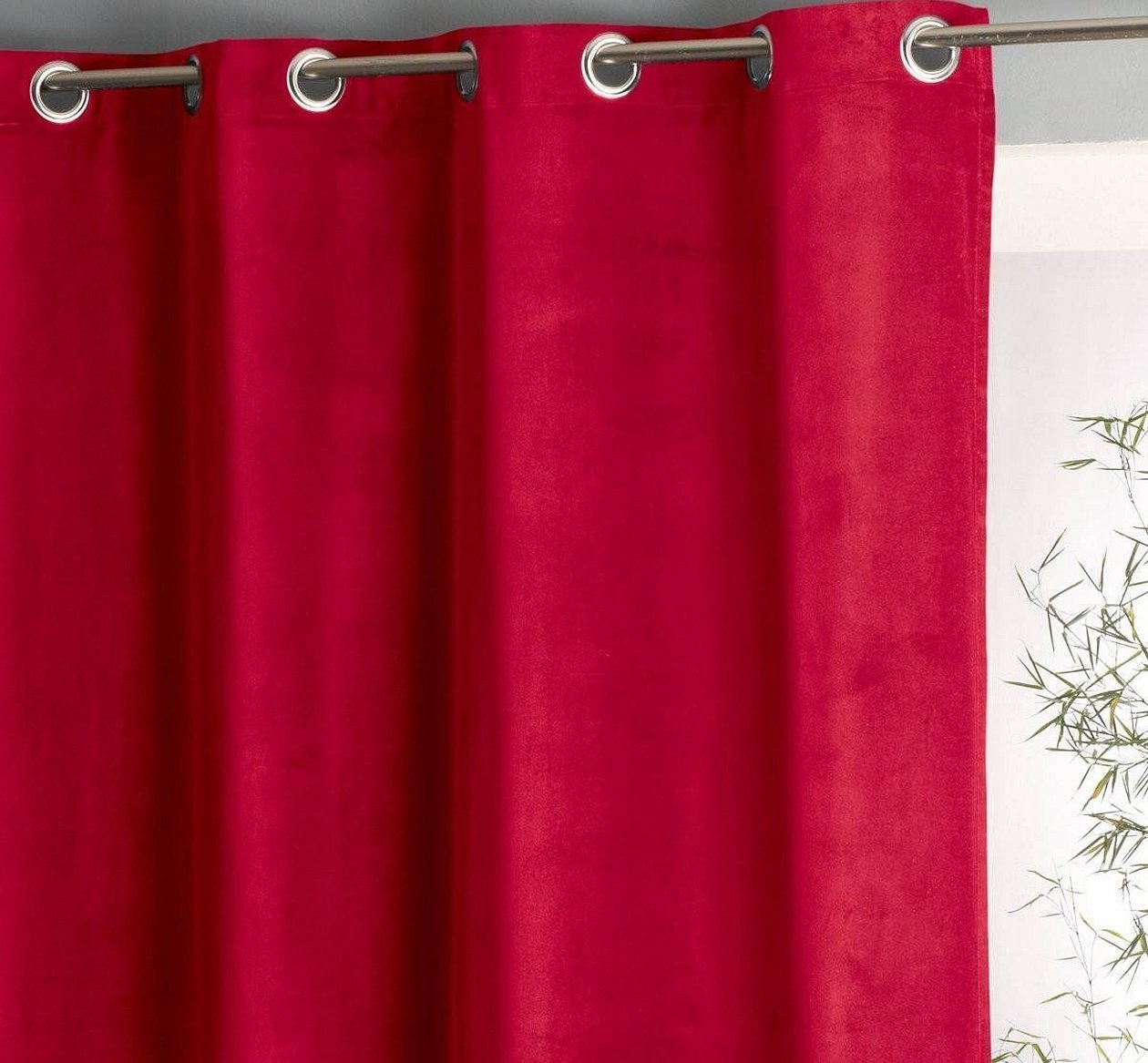
Reviews
Dmitry: "Not long ago I decided to change the covers in my Honda. I spent a long time choosing, but in the end it seemed to me that the most suitable options were leather or velour. Having calculated both options, I realized that the cost of leather would hit my pocket pretty hard, so I settled on velour. I've been using it every day for half a year now, the cover doesn't lose its appearance and looks really cool! By the way, I chose black velour."
Marina: "We were looking for thick curtains for our home, and in the end we chose the velour option. I can say that the quality is really excellent and they complement the interior in a very interesting way (our whole room is reserved, in a minimalist style). The only downside is that dust settles on them a lot, so we have to wash them relatively often (we chose white velour). But the fabric is wear-resistant, so I don't really see a problem, I don't plan to change them."
Cotton velour is a fairly popular material, it is used to sew various types of clothing, window decorations, car decorations, etc. The fabric is easy to clean and does not require special care. In order for the material to last a long time, you should initially choose a high-quality manufacturer.

